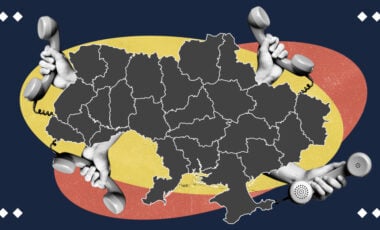Tea bags and ecology: what the problem is and what we can do

Photo Unsplash
A tea bag is a part of the daily reality of millions of people. Pouring some water, 1 minute, and it's done. But how safe is it to use? What material is it made of? What kind of paper does not soak in the water? It turns out that we can have many questions about such a simple thing as a tea bag.
Background
In the early 20th century, Thomas Salver packaged tea samples in silk bags for convenience, and buyers decided that they should immerse the bags in a cup. This idea was quickly turned into technology. Today, they make tea bags of filter paper or food nylon mesh. The most common are single-chamber, double-chamber paper bags, and pyramids.
The right filter paper is made of natural abaca fibers. This material is completely organic, but it is a valuable raw material. In an effort to reduce costs, manufacturers are trying to replace abaca fibers as much as possible. Thus, they usually use the following composition: natural wood fiber (65-75%), thermoplastic fiber (15-23%), abaca fiber (10%). This material is no longer organic. It means that throwing out such a bag into the compost is not advisable. It is challenging and expensive to process because it contains mixed materials. To date, only one British company PG Tip has decided to recycle them.
This publication is available in Ukrainian and Russian. The English translation hasn’t been produced yet. Support us to make the translation faster - follow the link for instructions





















































